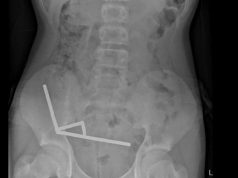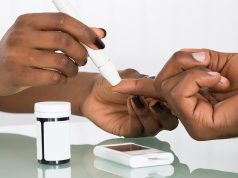Four hours without power increases odds of pediatric CO poisoning ED visit for all-scale, large-scale power outages
By Elana Gotkine HealthDay Reporter
MONDAY, May 5, 2025 (HealthDay News) — Power outages increase the odds of carbon monoxide (CO)-related emergency department visits among children, according to a study published online May 5 in Pediatrics.
Noting that power outages may increase the risk for CO exposure through improper generator use, with children particularly vulnerable to CO poisoning, Alexander J. Northrop, M.D., from the Vagelos College of Physicians and Surgeons at Columbia University in New York City, and colleagues examined all-scale (≥1 percent of a community without power) and large-scale (≥20 percent of a community without power) outages and their impact on CO poisoning on the day of the initial outage and for three days thereafter. Community-level power outage data and carbon monoxide emergency department visits among children younger than 18 years were obtained from 2017 to 2020.
The researchers identified 917 cases of CO poisoning and an incidence rate of 5.8 per 100,000 person-years from 2017 to 2020. Children aged 5 years or younger and Black children had the highest incidence rates of CO poisoning (7.8 and 9.1 per 100,000 person-years, respectively). For all-scale and large-scale power outages, four hours without power increased the odds of a pediatric CO poisoning emergency department visit by ≥50 and ≥150 percent, respectively. In urban versus rural areas, the associations were stronger.
“We found that outages substantially increased the odds of CO poisoning-related emergency department visits among children,” the authors write. “Power outages should be regarded as an important CO poisoning risk.”
Copyright © 2025 HealthDay. All rights reserved.








